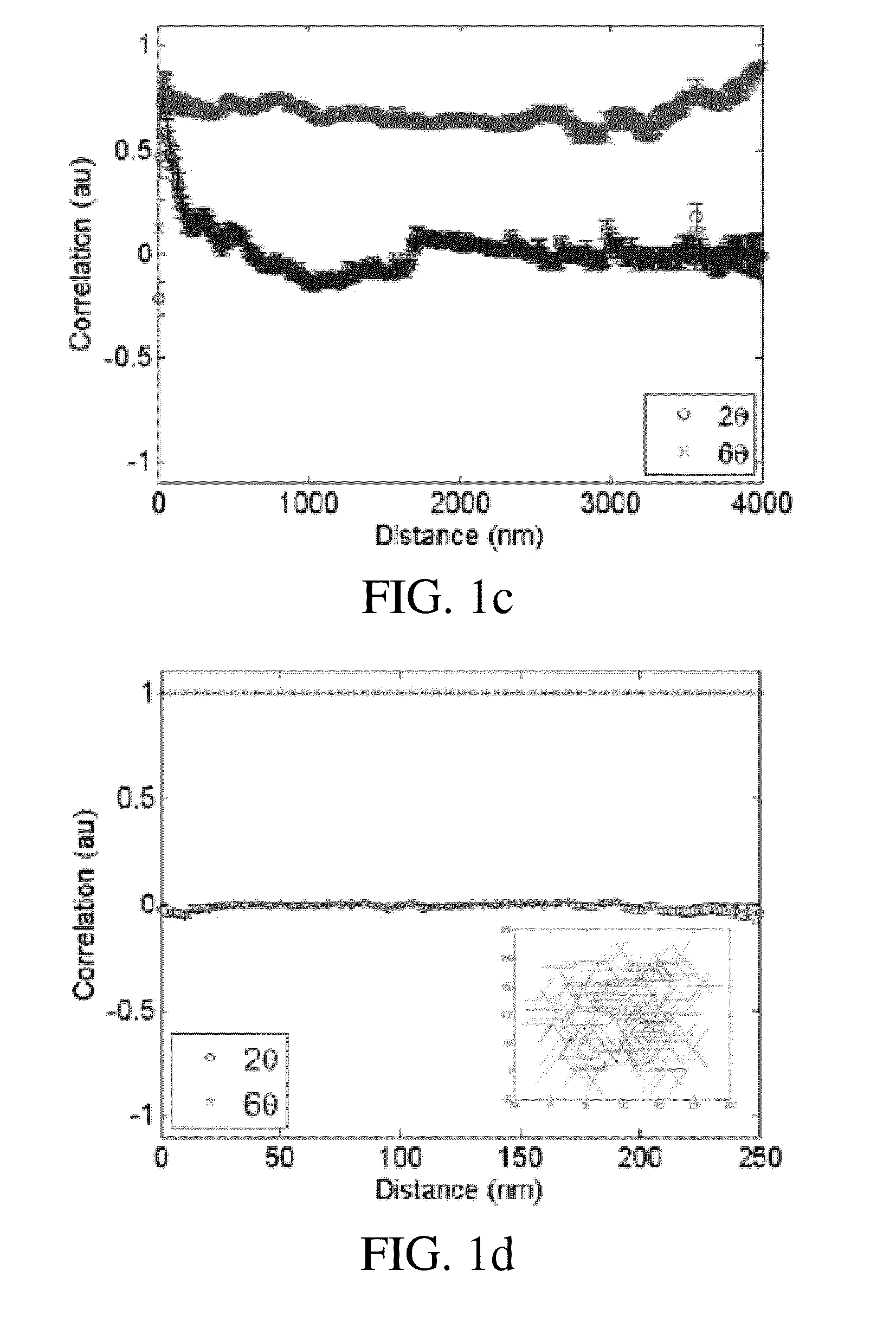Few-layer graphene nanoribbon and a method of making the same
- Summary
- Abstract
- Description
- Claims
- Application Information
AI Technical Summary
Benefits of technology
Problems solved by technology
Method used
Image
Examples
example
[0037]1. Graphene (SLG) or few-layer graphene (FLG) films are exfoliated, placed, or grown on an insulating or metallic substrate using well-established methods. The SLG films are ˜0.3 nm thick with FLG films of interest being N (integer) times this 0.3 nm thickness up to approximately 5 nm thick. We currently utilize exfoliated SLG and FLG samples (as described in detail below in section 1.a.), but there also exists several alternative methods (discussed in sections 1.b and 1.c). These alternative methods for SLG and FLG film fabrication, in addition to future improved methods for film fabrication on insulating or metallic substrates, could all be directly utilized for producing the invented parallel nanoribbons.[0038]1a. Exfoliated samples use a “Scotch Tape” technique that is now standard in the field of graphene sample preparation. A piece of standard Scotch Tape is pressed against a small ˜1 cm sized slab of highly order pyrolytic graphite (HOPG). The graphite is thinned by rep...
PUM
| Property | Measurement | Unit |
|---|---|---|
| Temperature | aaaaa | aaaaa |
| Temperature | aaaaa | aaaaa |
| Temperature | aaaaa | aaaaa |
Abstract
Description
Claims
Application Information
 Login to View More
Login to View More - R&D
- Intellectual Property
- Life Sciences
- Materials
- Tech Scout
- Unparalleled Data Quality
- Higher Quality Content
- 60% Fewer Hallucinations
Browse by: Latest US Patents, China's latest patents, Technical Efficacy Thesaurus, Application Domain, Technology Topic, Popular Technical Reports.
© 2025 PatSnap. All rights reserved.Legal|Privacy policy|Modern Slavery Act Transparency Statement|Sitemap|About US| Contact US: help@patsnap.com



